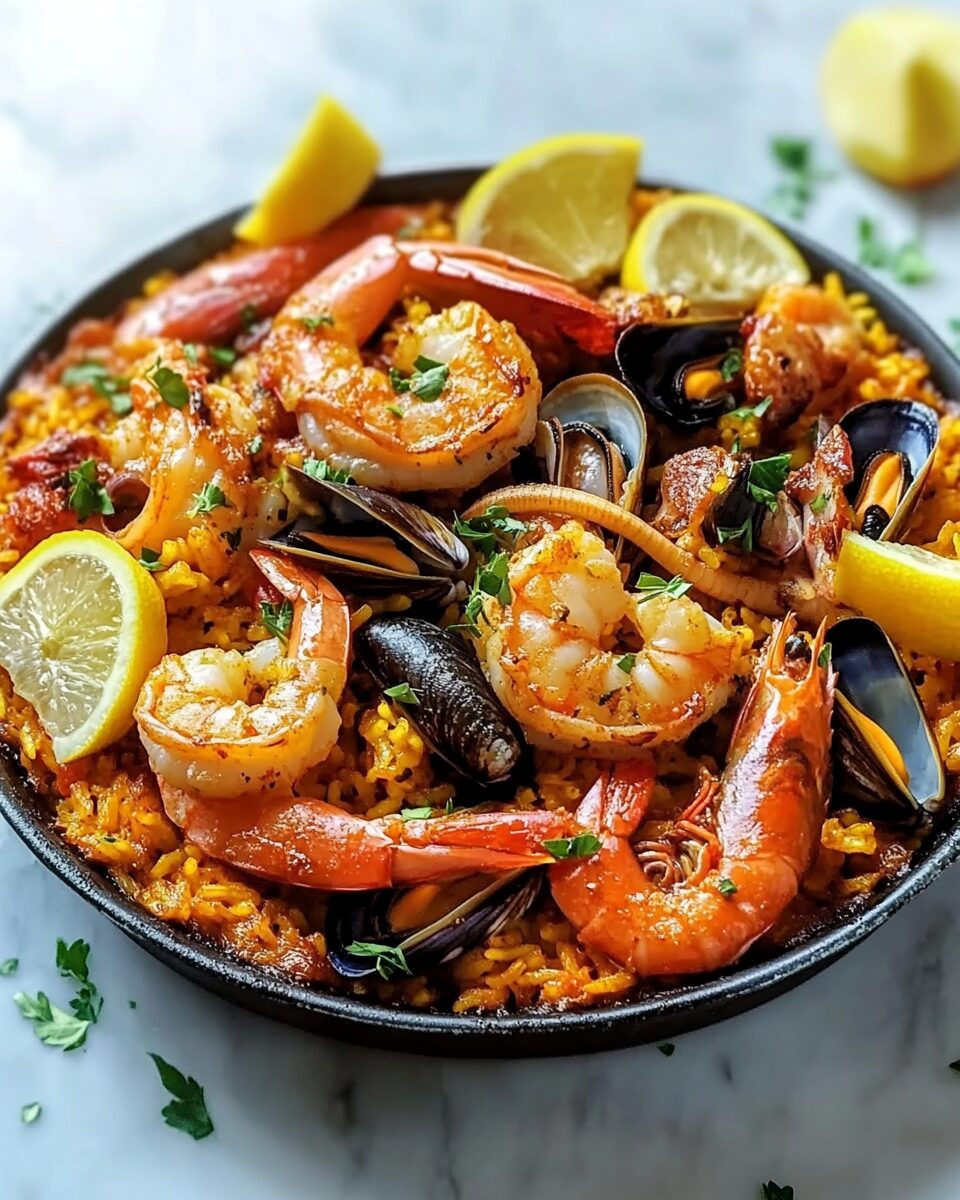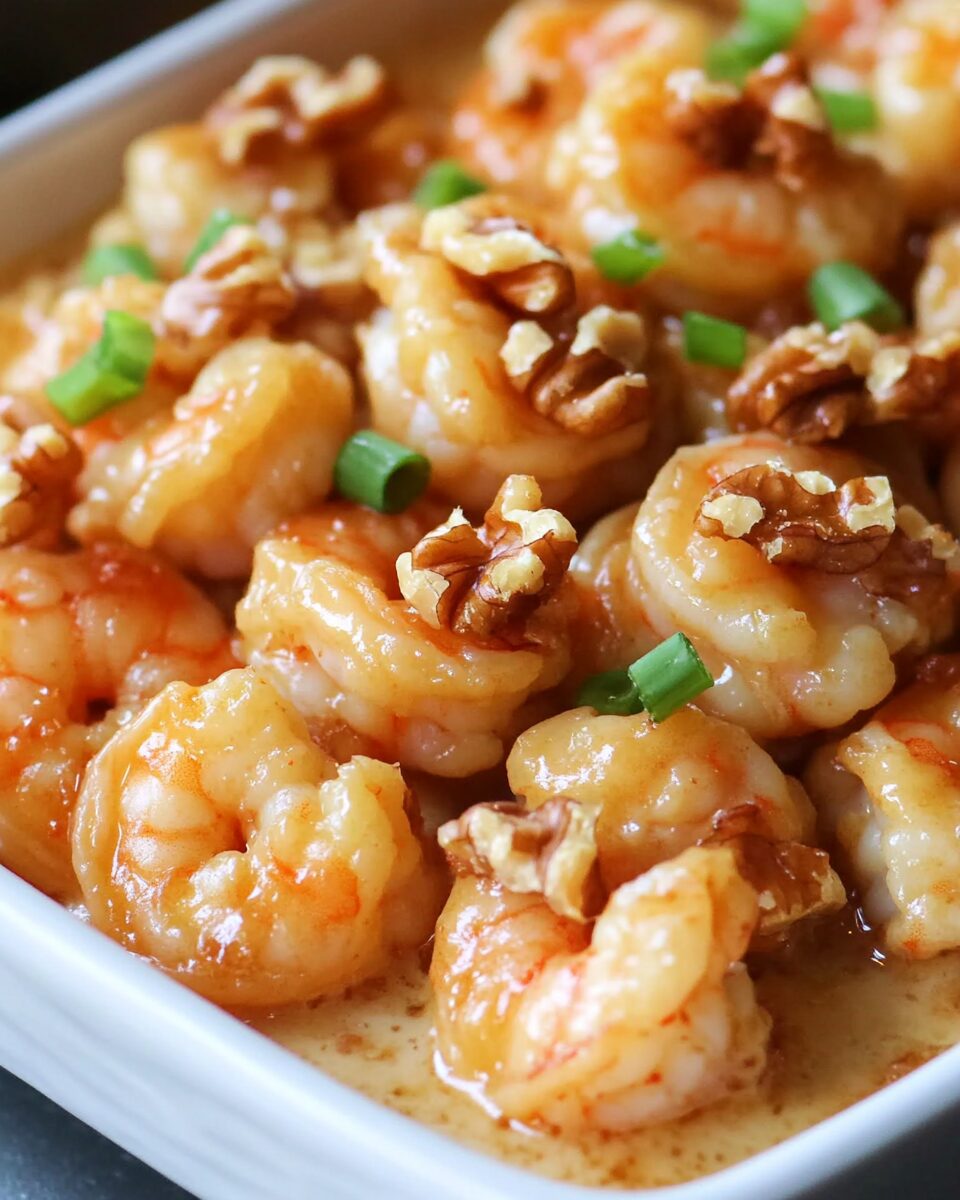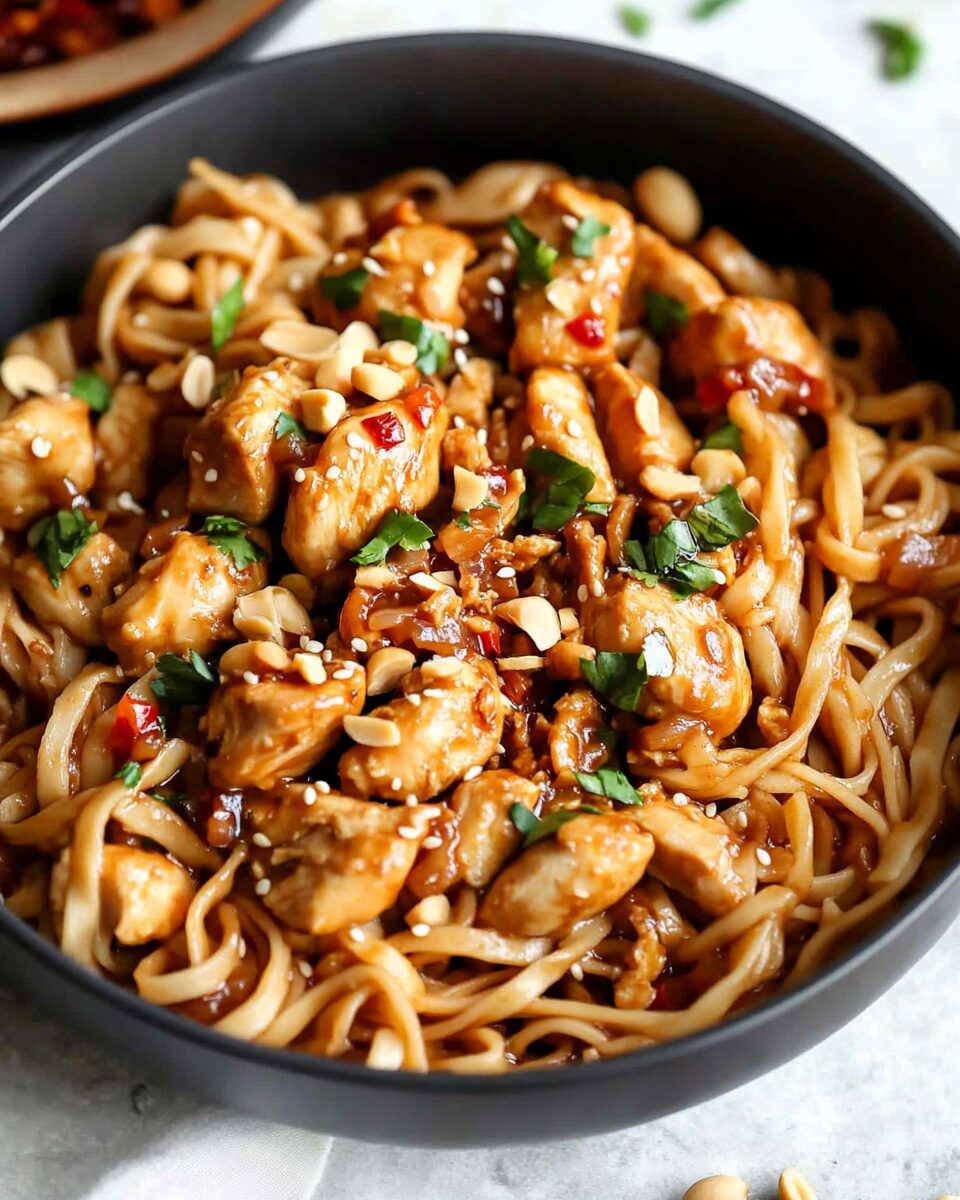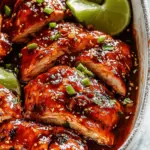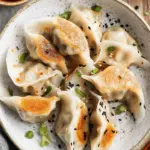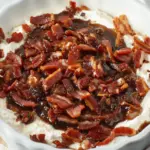Cultural Origins and Significance
Paella originated in the countryside of Valencia, where it was traditionally cooked outdoors over open flames. Originally made with rabbit, snails, and local vegetables, it evolved as coastal communities introduced seafood into the mix. Today, seafood paella is one of the most beloved versions and a quintessential dish at Spanish gatherings. Its name comes from the pan it’s cooked in—the “paellera”—a wide, shallow vessel designed to maximize surface area for even cooking and formation of the beloved socarrat: the crispy, caramelized layer of rice at the bottom. Making paella is often a communal activity in Spain, bringing people together in the spirit of festivity and shared meals.
What Makes This Dish Stand Out
One of the most remarkable features of seafood paella is its ability to harmonize a wide range of ingredients into a unified and flavorful dish. The seafood lends a depth of umami and brininess to the rice, while the saffron imparts a floral aroma and golden hue that makes the dish as beautiful as it is delicious. Smoked paprika adds subtle earthiness and warmth, and the freshness of tomatoes, peppers, and parsley bring brightness and balance. This version keeps things classic and elegant, focusing on clean ingredients and traditional preparation techniques to achieve that authentic Spanish taste.
The Role of Key Ingredients
Each ingredient in this paella plays a vital role in building layers of flavor:
-
Saffron, often called red gold, is what gives the rice its signature color and subtle, luxurious fragrance. Even in small quantities, it makes a profound impact.
-
Paella rice (like Bomba or Calasparra) is short-grain and highly absorbent, ensuring that every grain soaks up the seafood broth and spices while maintaining a tender yet firm texture.
-
Seafood broth forms the aromatic base, tying all the sea-sourced ingredients together. Homemade or high-quality store-bought versions make a significant difference.
-
Olive oil not only sautées the aromatics but also enhances the richness of the entire dish.
-
Mussels, clams, shrimp, and squid offer a variety of textures and flavors—from firm and briny to delicate and buttery—each bringing its own character to the table.
The Beauty of One-Pan Cooking
One of the greatest appeals of paella is its one-pan preparation. Everything is cooked in layers within a single paella pan, allowing the ingredients to infuse and mingle as they cook. This approach not only simplifies the process but also deepens the flavor. Unlike many rice dishes, paella is never stirred once the broth is added. This non-stirring method allows the rice to develop its iconic socarrat, the golden, crispy crust on the bottom that’s highly prized by paella enthusiasts. Achieving socarrat may take a bit of practice, but it’s one of the defining joys of a well-executed paella.
Serving Suggestions and Presentation
Spanish Seafood Paella is best served hot and directly from the pan it’s cooked in, adding rustic charm and authenticity. It’s often placed at the center of the table, encouraging guests to gather around and help themselves. Garnishing with chopped fresh parsley and lemon wedges not only adds color and freshness but also lets each diner brighten their serving with a touch of citrus. To round out the meal, serve the paella with a light salad—perhaps a simple arugula and tomato mix with olive oil and vinegar—and a loaf of crusty bread. For drinks, pair it with a chilled Albariño or Verdejo for a classic Spanish match, or a dry rosé to complement the seafood’s sweetness.
Health Benefits and Nutritional Value
This dish offers a well-rounded blend of nutrients, making it a satisfying and relatively balanced meal. The variety of seafood provides high-quality lean protein, omega-3 fatty acids, and essential minerals such as iodine, zinc, and selenium. Clams and mussels are particularly rich in iron and B vitamins, while shrimp and squid contribute collagen-boosting amino acids and healthy fats. Vegetables like tomatoes, bell peppers, and onions add vitamins A and C, fiber, and antioxidants. The use of olive oil ensures heart-healthy monounsaturated fats, and the rice offers sustained energy through complex carbohydrates. With 457 calories per serving, the dish is hearty yet not overly heavy.
Tips for Paella Success
Making paella at home can be simple if you follow a few key tips:
-
Use the right rice. Paella rice is specifically designed to absorb liquid without turning mushy. Do not substitute with long-grain or jasmine rice.
-
Resist the urge to stir. Once the broth is added, let the rice cook undisturbed to allow the socarrat to form and to maintain authentic texture.
-
Monitor the liquid. Cook uncovered until most of the broth is absorbed. Then lower the heat, cover the pan, and allow the final steam to finish the rice.
-
Prep seafood properly. Be sure to scrub mussels and clams to remove sand, and avoid overcooking shrimp to maintain a tender bite.
-
Saffron quality matters. Always use real saffron, even if it’s expensive—its aroma and color are unmatched by substitutes.
Make-Ahead and Storage Tips
While paella is best enjoyed fresh, you can make some components ahead to save time. Prepare and chop the aromatics, clean the seafood, and measure out spices and broth beforehand. Leftover paella can be refrigerated in an airtight container for up to two days. Reheat gently in a skillet with a splash of broth or water to maintain moisture. Avoid using a microwave, which can dry out the seafood and rice. Though socarrat may not hold up as well on reheating, the overall flavor remains intact, making leftovers a delicious encore.
Conclusion
Spanish Seafood Paella is more than just a dish—it’s a festive, flavorful experience that captures the essence of Mediterranean life. With its dazzling mix of fresh seafood, saffron-scented rice, and vibrant vegetables, it brings both comfort and sophistication to the table. Whether you’re introducing it to your family for the first time or honoring a time-honored tradition, paella never fails to delight. Its one-pan simplicity, aromatic depth, and visual allure make it a must-have recipe for food lovers and entertainers alike. Once you’ve mastered the rhythm of this dish, you’ll find yourself returning to it time and again, relishing both the taste and the ritual of creating something truly special.

